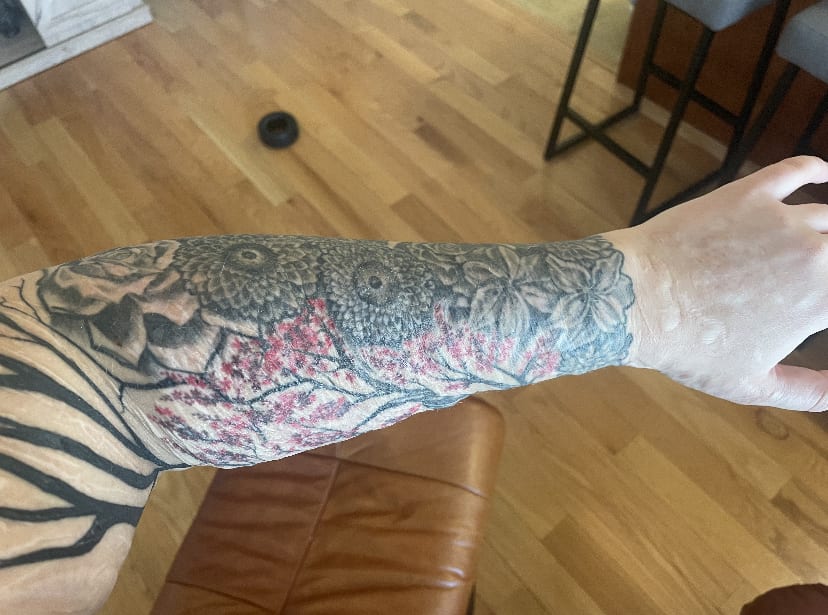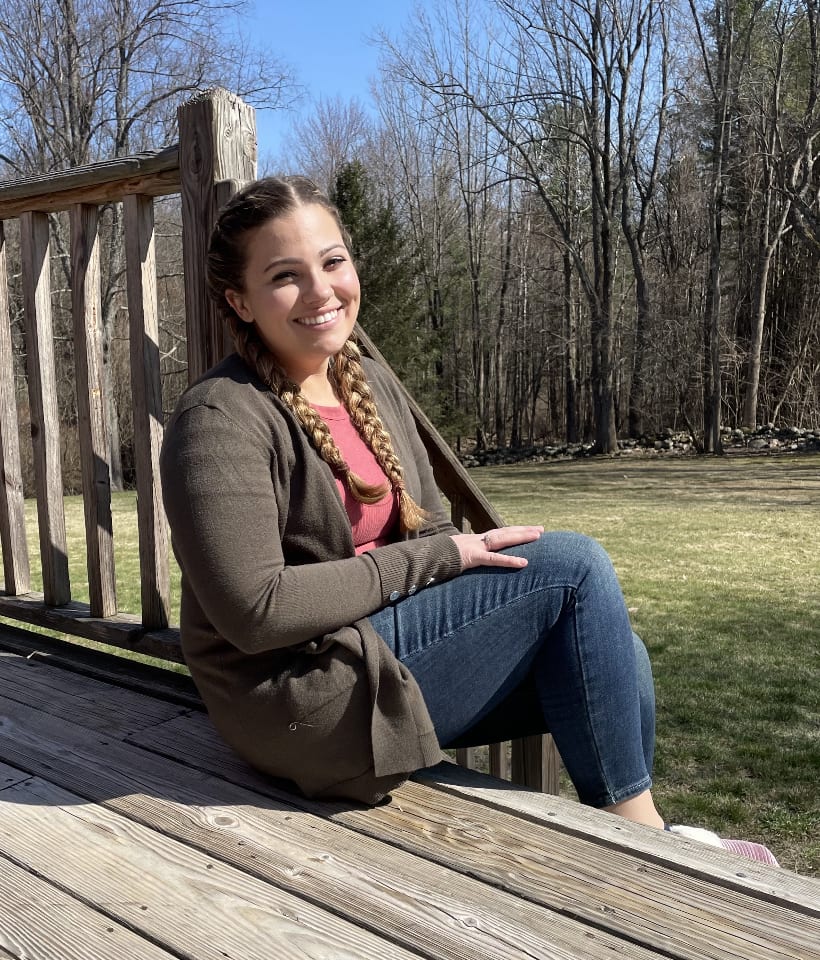
April 13, 2021 by The Hingham Cast
(Warning: This episode of The Hingham 'Cast talks about difficult topics including suicide. It may be a trigger for some or inappropriate for others.)
When asked her how many times she had done it, she said, “Thousands. Thousands of times.” Thousands of times Danielle took a razor, a staple—anything she could find and dug it into her skin until she drew blood. It’s called self harm or self injury. Experts say one in five adolescents are affected by it and the pandemic has made it worse. According to a recent study from the CDC, hospitals are seeing a surge in cases. Emergency departments, where desperate families often turn when crisis strikes, saw the number of kids admitted for mental health issues like anxiety, panic or self harm soar 24% for children aged 5 to 11 and 31% for 12 to 17-year-olds. Because there's such a shortage of mental health care for kids, some families can end up waiting in emergency rooms for a week or more, before connecting with meaningful services.
Danielle, who is 23 now, says her family was loving, stable, secure, but when she started to get bullied in middle school she felt isolated and helpless. She cut herself for the first time when she was 12. It was an accident, but how it made her feel fueled her cutting for nearly a decade. "It just released a lot of it's kind of like emotional pain," she said. "Seeing blood made me feel like I was still alive."

Cutting is more prevalent in girls than boys. A 2018 study of more than 65,000 public high school students found one in four girls and one in 10 boys engage in self-injury—an epidemic says Barry Walsh. Walsh was one of the first therapists in the country to focus on treating self injury at Open Sky Community Services. What makes one child cut over another? Would you be able to know now what your child would do? Walsh says no. “Some people have depression, for some it's anxiety,” he said. “Some may have complex PTSD or a major mental illness like psychosis–there's just no pigeonhole for this problem.” Experts say people who hurt themselves are most often not trying to die by suicide, but it can be a predictor of suicidal thoughts. “Studies have shown in the last few years that the typical age of onset is 13 to 15 or 16,” says Walsh. “If you start before age 13, it actually suggests it there may be a more ominous course and it’s more likely there will be a suicide attempt.”
In this week’s episode we talk with Danielle and Walsh about warning signs, how you should react if you see your child hurting themselves and where you can get help. Perhaps surprisingly, the emergency room may not be your best resource.
(If you need help, you can call the National Suicide Prevention Lifeline at 800-273-8255.)



What a beautiful and strong girl. I’m so glad she’s okay and am so grateful she is sharing her story! Health is a tip to toe endeavor – we all need to take care of our minds, too.
Thanks for listening, Julie. Danielle is brave indeed.